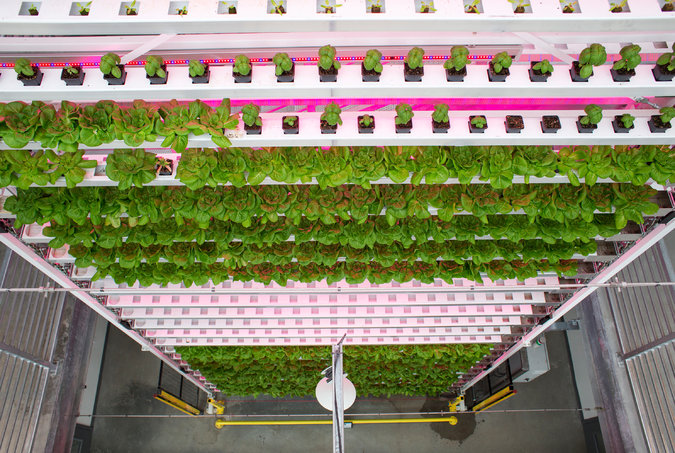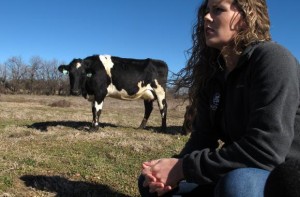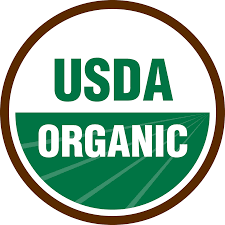CDFA Secretary Karen Ross visited Vietnam last week as part of a delegation of the Western United States Agricultural Trade Association (WUSATA), a non-profit formed in 1980 by the 13 western state departments of agriculture as well as the territorial departments in Guam and Samoa. For more than three decades, WUSATA has offered programs and services to assist exporters of high-value food and agricultural products.
Translated from Vietnamese:
The Western Association of the United States Agricultural Trade (WUSATA – Western US Agricultural Trade Association), accompanied by a delegation of 13 agricultural services Midwestern states, conducted his visit to Vietnam from April 4 to 8, to confirm that the Vietnamese agricultural market presents many opportunities for US exporters.
The information was released on April 7 at a press conference given in Ho Chi Minh City by WUSATA in following a meeting with representatives of Vietnamese ministries of Agriculture and rural Development, and Industry and Commerce, earlier this week in Hanoi. Objective: discuss final points supervised by the Trans-Pacific Partnership Agreement (TPP), promoting trade and cooperation between Vietnam and the western states of the United States in the agricultural sector.
At the press conference Andy Anderson, executive director of the WUSATA, stressed that the quality of part of Vietnam in the TPP would give a boost to its agricultural market, already booming, especially with regard to imports of American goods up range.
“Companies specializing in agriculture in the US western states keen to enter the Vietnamese market and increase exports to Vietnam through agreements such as the TPP which is awaiting ratification,” announced M . Anderson, adding that the WUSATA had gone to Vietnam to draw up an inventory of opportunities to seize.
Andy Anderson insisted that once the ratification acquired, the removal of customs barriers and technical benefit to agricultural exporters in both countries, and thus to their producers. “This is an opportunity to present a wide variety of agricultural products upscale American western states in the Vietnamese market,” added Andy Anderson.
Strengthen trade partnership the representative of WUSATA reaffirmed that Vietnam remains an important trading partner of the United States, and that exchanges and discussions have taken place during this visit would cement relations between the two countries, but also accelerate the ratification of the TPP.
Jim Barbee, director of the agricultural Service of the State of Nevada and President WUSATA, said that Vietnam would need a large number of American agricultural products quality and it was time especially for SMEs in the American West, export to Vietnam. at that time, 13 US companies have met many Vietnamese importers and distributors to engage in trade cooperation. the US agricultural exports to Vietnam increased from 1, 5 billion in 2010 to 2.6 billion in 2015, making Vietnam the 11th market for US exports last year. As for Vietnamese exports of agricultural products, were $ 2.6 billion.










